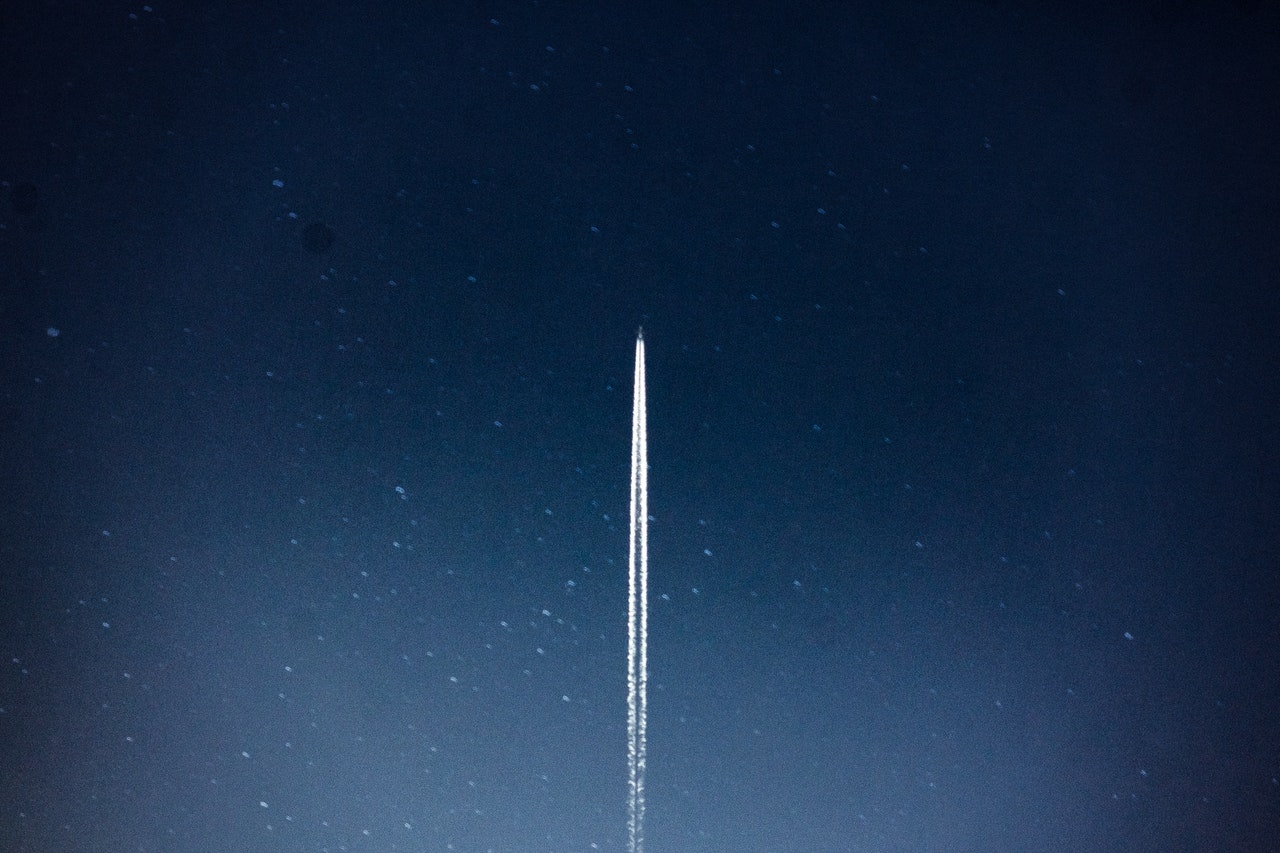New Murdo, South Dakota
Murdo South Dakota was founded in 1906, named after a cattle tycoon who grazed his cattle near a new train station. The town was very small, and grew to only a few thousand people in the 20th century. When the cattle industry failed in the Midwest, the railroad stopped servicing the town, and business faded. By the 21st century, when Human's attention started turning outwards towards space, Murdo was a forgotten little town of only 400 people. Murdo was always a small town, and liked to consider itself a frontier. But when the frontier moved one, and Murdo was left behind, the town father decided they wanted to move on with the times. After 50 years of failed attempts at reviving their tired town, the few residents left who loved the town decided extreme action was proper to preserve their precious past.
ln the year 131 the citizens of the town of Murdo, South Dakota sold their Earth-bound property and joined the Ville Du Ciel project, funded by the ESA and LunaCorp. The project gifted the town an 8 kilometer long, 2 kilometer wide cylinder habitat styled after their rural home of South Dakota. The town's population, plus a contingent of crewmembers and scientists, formed the station's population of 1000. The cylinder, named Murdo 2, had 40 kilometers of land area on the interior, mostly made of open space a green forests.
In the year 2160, the Liberatuers fell to earth, and caused an apocalypse that would cut off the supplies and communications of the station for nearly 50 years. Fortunately, Murdo 2 had onboard maneuvering systems, and a quick-thinking navigations officer boosted the station into a higher orbit, making it one of the few habitats to survive when the many satellites in low Earth orbit lost their guidance and communication systems, and started colliding. The colliding satellites created hundreds of pieces of debris each, which in turn destroyed more satellites. This created a runaway effect of more and more debris in the lower orbits, called Kessler Syndrome.
Earth would have permanently been trapped behind the debris of its low orbit, if not for the hero Joergen Rance, who brought in his crew of asteroid miners and some of their equipment to begin clearing the space-bound pollution. Contracting more material from mercury, and training up more miners as he went, Jorgensen lacked a place to stage his operation, and eventually contacted and agreed to quarter his workers, and store his supplies, in Murdo 2. The inhabitants of the town-made-space station cut down their beloved Elm forests, native to their South Dakota home, and built rudimentary shelters and warehouses for the hundreds of thousands of asteroid miners that made up the operation. The produce of dozens of smaller stations and habitats were coordinated and imported to feed the many miners, and Murdo's inhabitants did their best to host the visitors, who outnumbered them nearly 200 to 1.
Remove these ads. Join the Worldbuilders Guild
Cover image:
Space Shuttle Launch During Nighttime
by
Edvin Richardson









Comments